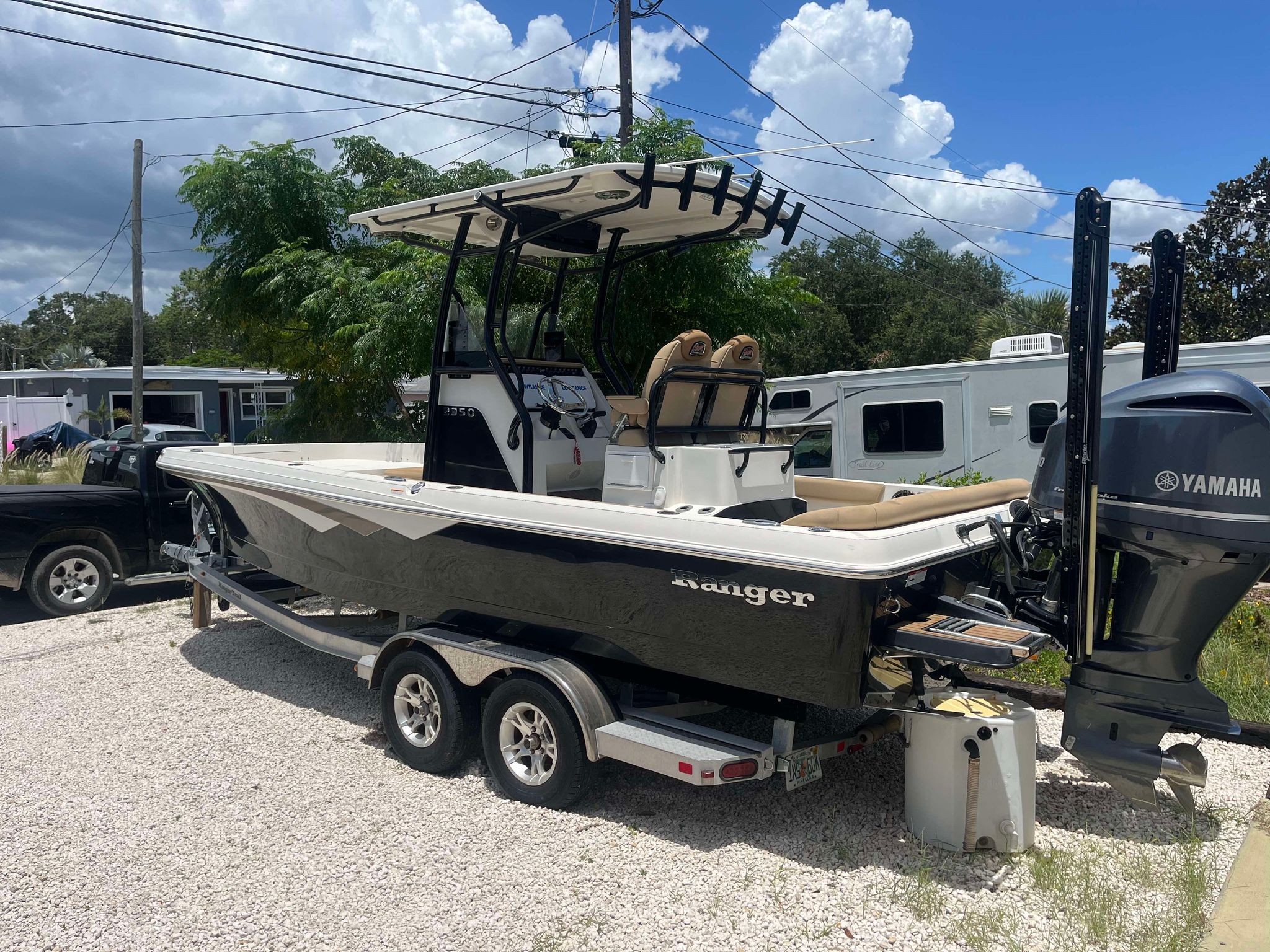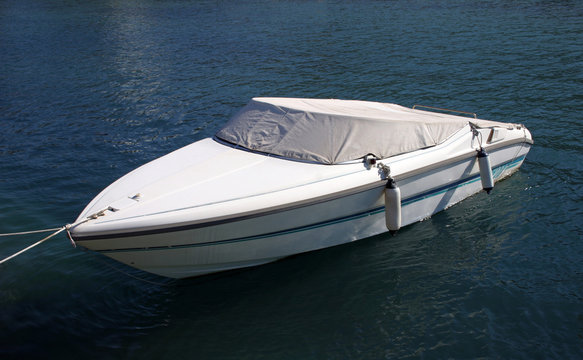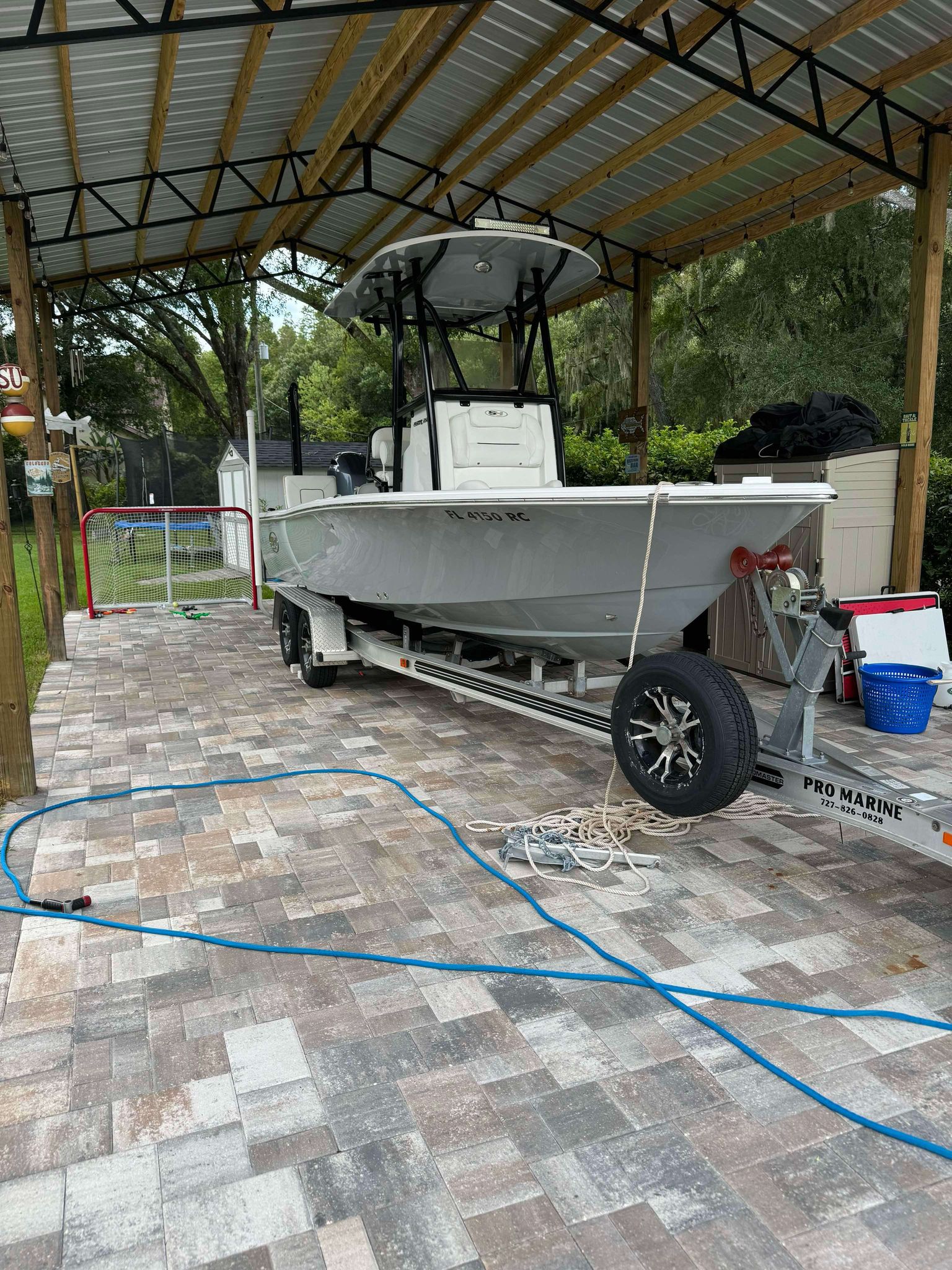How to Wax a Boat: A Step-by-Step Guide for a Mirror-Like Finish
Waxing your boat is not just about aesthetics; it's a crucial maintenance step to protect your vessel from UV rays, saltwater, and grime. This guide will walk you through the process, ensuring your boat looks stunning and stays protected.
Why Waxing Your Boat is Essential
Proper waxing isn't just about aesthetics – it's a crucial aspect of boat maintenance that protects your vessel from the harsh marine environment. According to a study in Marine Technology Quarterly, regular waxing can extend a boat's gelcoat life by up to 75% and maintain resale value significantly better than unwaxed vessels.
Preserves Appearance
Maintains the color and shine of the gel coat, keeping your boat looking new
UV Protection
Protects against UV damage and saltwater corrosion that can cause fading
Easy Cleaning
Makes cleaning easier by repelling dirt, grime, and marine growth
According to University of Florida IFAS Extension, regular hull maintenance helps preserve boat performance and longevity, especially in saltwater environments.
Understanding Marine Wax Types
Before diving into the waxing process, it's essential to understand your options. Marine waxes generally fall into three categories with unique benefits.
Carnauba-based Waxes
Natural wax providing excellent shine and moderate protection. Best for show boats and calm water conditions.
- Deep, warm shine
- Easy application
- Shorter durability
Synthetic Polymer Sealants
Long-lasting protection with excellent durability. Perfect for boats in harsh marine environments.
- Long-lasting protection
- Chemical resistance
- Less warm appearance
Hybrid Formulations
Best of both worlds - combining natural shine with synthetic durability. Recommended for most applications.
- Balanced performance
- Good durability
- Excellent shine
Research Insight: Studies indicate that hybrid formulations provide the best balance of durability and shine, lasting 30% longer than traditional carnauba waxes alone.
Essential Materials and Tools
Required Items
Pre-Waxing Preparation
Choose the Right Environment
- • Work in shade or covered area
- • Optimal temperature: 60-80°F (15-27°C)
- • Low humidity conditions preferred
- • Avoid windy conditions that can spread debris
Clean the Surface
Proper cleaning before waxing can improve wax adhesion by up to 40%. Always rinse, wash with marine soap, remove oxidation, and dry completely.
Step-by-Step Guide to Waxing Your Boat
Follow these detailed steps for professional-quality results
1 Clean Your Boat Thoroughly
Before waxing, ensure your boat is spotless. Dirt and debris can scratch the surface during waxing.
Cleaning Steps:
Remove and Secure
Remove the boat from water and secure it on a flat surface
Initial Rinse
Rinse with fresh water to remove loose dirt and salt
Deep Clean
Use non-abrasive boat cleaner and soft brush to scrub
Final Rinse & Dry
Rinse thoroughly and let the boat dry completely

Pro Tip
Pay extra attention to areas with stubborn stains. Use a specialized cleaner if needed.
Time Saver: Use a clay bar for removing embedded contaminants before waxing
2 Choose the Right Wax
Selecting the right wax depends on your boat's condition and your goals.
Types of Wax:
Carnauba Wax
Ideal for glossy finish and UV protection. Best for newer boats.
Cleaner Wax
Contains mild abrasives to remove light stains and oxidation.
Restorer Wax
For older boats with significant wear and tear.
Synthetic Polymer
Long-lasting protection against saltwater and UV rays.
Important: For heavily oxidized surfaces, consider compounding and polishing before waxing.
3 Apply the Wax
Now comes the fun part: waxing!
Application Steps:
Apply Small Amount
Apply wax (about the size of a quarter) to a microfiber cloth
Work in Sections
Work in small sections (3 ft x 3 ft) using circular motions
Allow to Dry
Allow the wax to dry to a hazy finish before buffing
Pro Equipment
Electric Buffer: Use for larger boats to save time and effort
Hand Application: Better control for detailed areas
4 Buff the Surface
Buffing removes excess wax and enhances the shine.
Buffing Technique:
Research from the International Marine Coating Institute suggests a three-step buffing process:
Initial Pass
Medium pressure, slow speed
Second Pass
Light pressure, medium speed
Final Pass
Very light pressure, high speed
Hand Finishing
After machine buffing:
Use clean microfiber towel
Remove any remaining residue
Check for missed spots
Address any swirl marks
5 Inspect and Touch Up
After buffing, inspect your boat for missed spots or uneven areas. Reapply wax as needed.
Inspection Checklist

Maintenance Schedule
Heavy Use (Salt Water): Every 3-4 months
Moderate Use: Every 4-6 months
Light Use (Fresh Water): Every 6-8 months
Watch the Complete Tutorial
Follow along with this comprehensive video guide for visual learners
Pro Tip: Watch the video alongside reading this guide for the best learning experience. Visual demonstrations can help clarify the proper techniques.
Advanced Techniques & Special Considerations
Special Considerations for Different Materials
Gelcoat
- • Use specific gelcoat-friendly products
- • Focus on oxidation prevention
- • Apply two thin coats rather than one thick coat
Painted Surfaces
- • Use gentler compounds
- • Avoid high-speed buffing
- • Test products in inconspicuous area first
Multi-Stage Process
For severely weathered boats, follow this enhanced process:
Professional Tips
Common Mistakes to Avoid
Cost Analysis

DIY vs Professional
A cost analysis shows:
DIY Materials: $150-300
Professional Service: $15-25 per foot
Time Investment: 4-8 hours (DIY)
Safety Considerations
Always follow these safety guidelines:
Wear appropriate PPE
Ensure proper ventilation
Follow manufacturer instructions
Keep materials away from water sources
Store products properly
Environmental Considerations
Choose eco-friendly products when possible. Recent studies in Environmental Marine Science show modern eco-friendly waxes perform comparably to traditional formulations while reducing environmental impact.
When to Seek Professional Help
Consider professional detailing if:
Expert Tips for Best Results
Frequency
Wax your boat every 3-4 months for optimal protection
Avoid Over-Waxing
Too much wax can dull the finish and waste product
Focus Areas
Prioritize sides and deck; avoid waxing the bottom
Frequently Asked Questions
Q: Can I use car wax on my boat?
A: It's not recommended. Boat wax is specifically formulated to withstand marine conditions and UV exposure.
Q: Should I wax my boat's bottom?
A: Waxing the bottom is unnecessary and can actually increase drag, reducing fuel efficiency.
Q: How do I know when my boat needs waxing?
A: When water no longer beads on the surface, or if the gelcoat appears dull or chalky.
References
1. Niu, K., & Song, K. (2021). Hot waxing treatment improves the aging resistance of wood surface under UV radiation and water. Progress in Organic Coatings, 161, 106468.
https://doi.org/10.1016/j.porgcoat.2021.1064682. Hossain, M. E., Khan, M. I., Ketata, C., & Islam, R. (2012). Comparative pathway analysis of paraffin wax and beeswax for industrial applications. Emertec Research and Development Ltd.
ResearchGate Publication3. Xu, L., Mao, J., Zhang, J., & Deng, C. (2014). Applications of surface engineering technology in marine engineering equipment. Materials China, 33(1), 1–8.
https://doi.org/10.7502/j.issn.1674-3962.2014.01.014. Romeu, M. J., & Mergulhão, F. (2023). Development of antifouling strategies for marine applications. Microorganisms, 11(6), 1568.
https://doi.org/10.3390/microorganisms110615685. Buskens, P., Wouters, M., Rentrop, C., & Vroon, Z. (2012). A brief review of environmentally benign antifouling and foul-release coatings for marine applications. Journal of Coatings Technology and Research, 10(1), 1–9.
https://doi.org/10.1007/s11998-012-9456-0
Note: Regular waxing is a crucial part of boat maintenance that protects your investment and maintains your vessel's appearance. While this guide provides comprehensive information, always consult your boat's manual and product instructions for specific recommendations.
Ready to Give Your Boat the Care It Deserves?
Follow these professional techniques to keep your vessel looking pristine and protected. Remember, regular maintenance today prevents costly repairs tomorrow.
Protection
75% longer gelcoat life
Value
Maintains resale value
Appearance
Mirror-like finish
